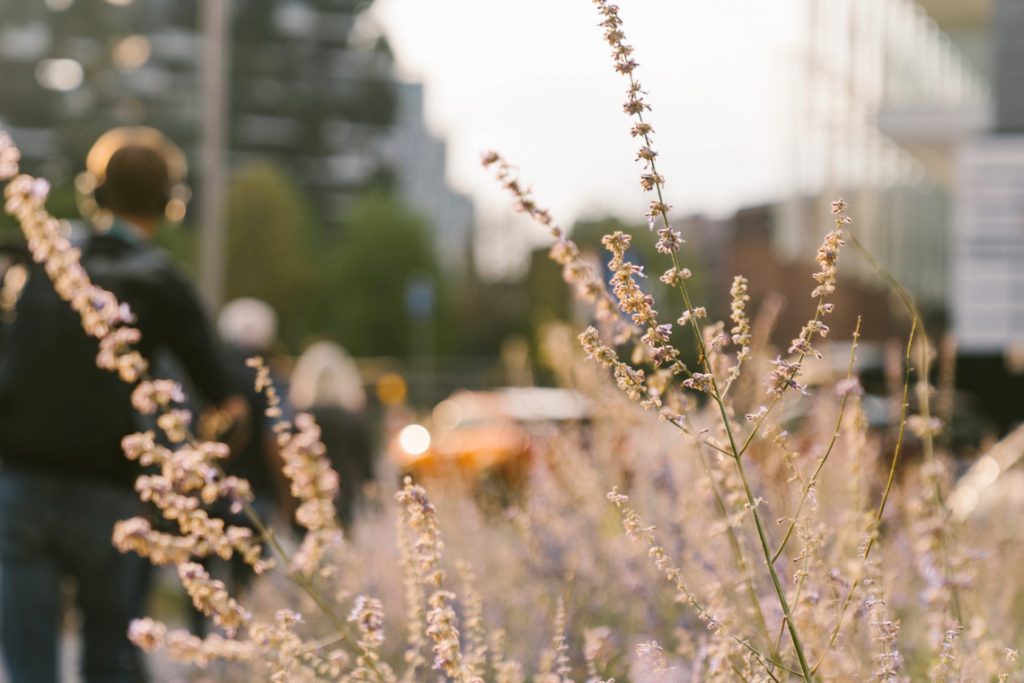
News
BAMFRIEND ANNUAL MEETING: NINAS @BAM!

Like every year, we want to gather with the GREEN Community of BAMFRIEND and BAM Volunteers and celebrate together another year filled with nature and culture.
Evening Program:
Queer Botany: An unprecedented moment, a whole new view of the park, a walk on heels (or the most flashy shoes in your wardrobe) in the company of the Nina’s Drag Queens.
From the park to the Volvo Studio Milano, we will explore the most mysterious and unknown botany of the Library of Trees, learning new concepts, challenging preconceptions, and experiencing a new cultural moment designed especially for those who live and love the park the most.
And after?
After, we are all already gathered, and it’s time to start the dances… or simply the conversations: talk about the past year and expectations for the coming one… with a toast and lots of music!
Not yet a BAMFRIEND and want to become one? Find out how to do it here and join the community.
Nina’s Drag Queens Company
The Nina’s Drag Queens company is made up of actors and dancers who have chosen to combine theater and performative arts around the multifaceted, eclectic, and irreverent figure of the Drag Queen, a true post-modern mask, in a research path strongly linked to the reinterpretation and rediscovery of theatrical classics.
Born in Milan in 2007 from an idea by Fabio Chiesa, exploring drag characters and aesthetics through events and variety nights, its peak being Nina’s Radio Night (2011).
It then develops its poetics in close collaboration with Francesco Micheli, director of Il Giardino delle Ciliegie (2012), a travesty reinterpretation of Chekhov’s masterpiece, followed by DragPennyOpera (2015) based on John Gay’s The Beggar’s Opera, the monologue Vedi alla voce Alma (2016), inspired by Jean Cocteau, Queen LeaR (2019), and Le Gattoparde (2020).
The theater of Nina’s Drag Queens, always created collectively, consists of songs, choreographies, and quotations. It draws from pop culture, cinema, and opera. It manipulates existing materials and develops them in new contexts, overcoming the division between artistic genres.
The poetics of Nina’s resembles that of the clown: they wear a costume, a makeup mask, touch on comedy, risk ridicule.
A Drag Queen must be able to make people laugh but also to excite, disturb, and why not, move.
